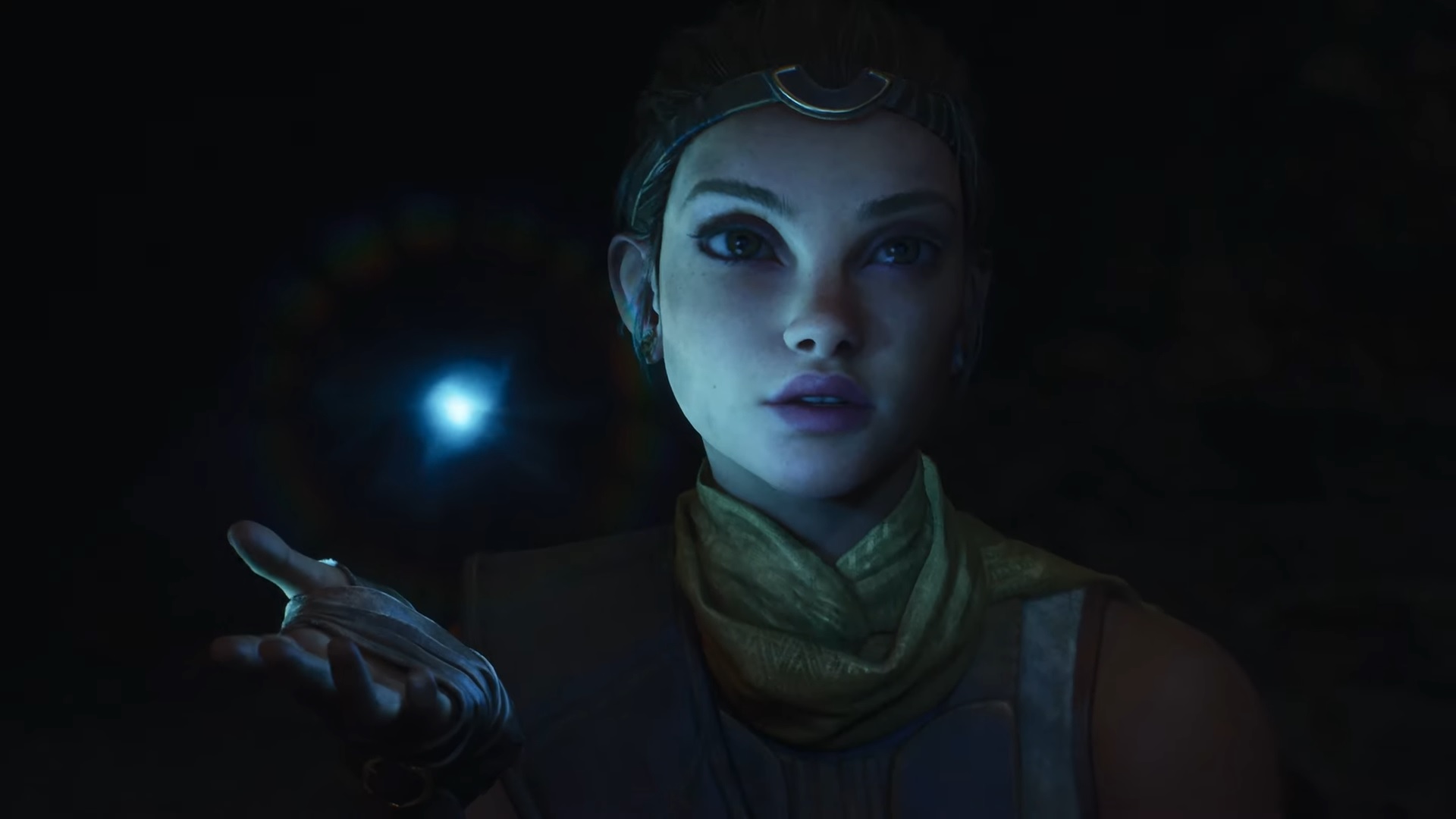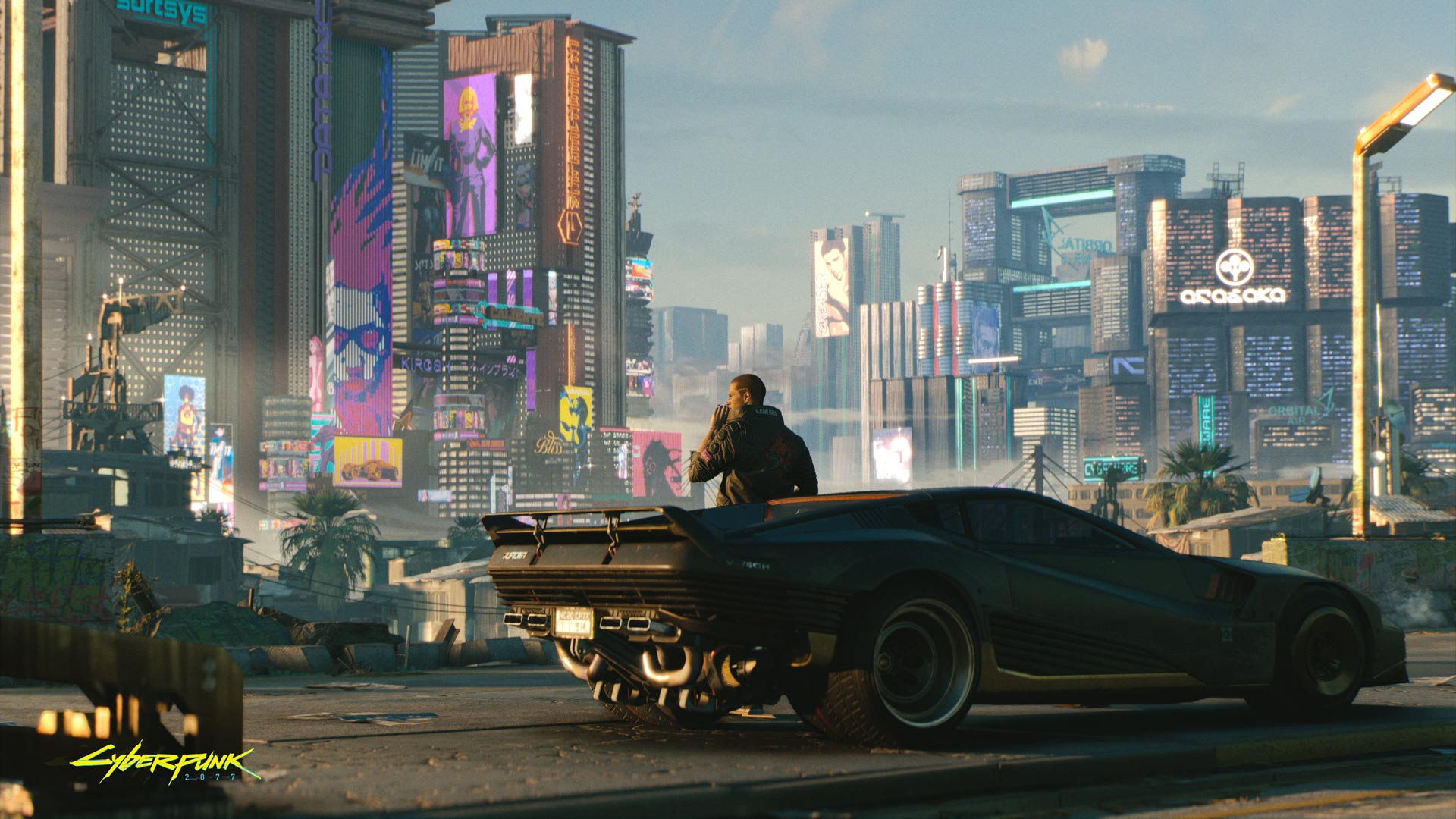The implications are even bigger than just that example, but yes that would be a potential big improvement. Beyond that, however, are huge wins in foregoing so many LOD for varying distances. I've been wondering about making a post about this for a while, because I wonder how illuminating stuff like this would be for the average player. Maybe I'll keep it concise for now.
A common strategy for reducing memory and drawing in a game is to use varying "levels of detail" (LOD). Like a billion other things that happen in game development, it's sleight of hand tricks to get us better performance and more detail into the things that count the most - mainly, the stuff right in front of the player. When you hear LOD, they're almost certainly talking about the varying grades of complexity for a single asset at certain distances. This means varying geometry, texturing, and sometimes even shaders at different distances.
Here's an example from Jane Ng's
excellent talk on Firewatch.
This is a single tree asset that aggressively reduces its detail over distance (actually, as she points out, in this case it changes based on how big the screen is on screen!). So this kind of strategy can be employed on a single tree, but that's not to say you can't use it for huge static areas in your game as well. For example, here is what some of the
entire neighborhoods in GTAV look like when they are in the distance (taken from the
amazing breakdown from Adrian Courreges)
And here's the distance it is in the game at the time:
There are a lot of different technologies and middleware around getting your LODs right. There are whole strategies about blending between two different LODs. You may have seen before that at certain distances some assets in a game will either "pop" or "fade in" a better version of an asset. Expensive middleware or custom solutions can also help to try to bake out the range of LODs for a single asset to try and help automate. Even with that, sometimes it can be a lot of work to tweak it so at a certain distance it's using more or less geometry or doesn't look absolutely hideous. As Jane deftly shows, it's both science and art to get this right, and can be a ton of work for a single asset.
Even some of the world's best funded and most talented teams can only take this so far. Not only is it a massive pain in the workflow, but beyond that, players have always been able to see the cracks here and there.
So back to the implications on PS5...
What's being implied is that you can just forget all of this. Instead of making 5 different versions of an asset at varying distances (including the character models you pointed out) you can just use your best one. It wouldn't be a universal benefit (there are times you want to shy away from high quality noisy stuff in the distance), but in general this is a game changer for both developers and players.
It goes further than that: we've been talking about LODs, but up to now our hardware can't run the actual assets that artists build in their 3D authoring software (Maya, Blender, Zbrush, etc) This is because the highest quality version of the model you're authoring in that software is usually way too high fidelity and either it would bring the hardware to its knees or would just be an irresponsible use of memory/system resources to display. So inevitably they "bake down" the best versions of an asset into a texture maps and geometry that more align with the system constraints. Now, what was implied in the UE5 demo was just being able to save your highest quality source asset file without the need to export a decimated (reduced geometry) and baked out (a collection of textures) version of it. That is a
mind blowing and insane proposition to probably anybody who has worked around this stuff. They had a 30+ million triangle asset in UE5 on display. Instead of every little crack and scratch being baked into a normal map, it was an actual piece of geometry that looks accurate from any angle. Long story short - it means your highest quality model (highest level of detail) in the game will be even higher quality than ever before and take
way less futzing around to get it there.
So yeah, there are some pretty huge promises on the horizon in this regard. If you're able to put the pieces together here you can probably also see how this is going to mean extremely high quality assets even at a distance, which will in turn mean we need to stream in a
lot more data. Hence the move to lightning fast drive speed and why that is so important this upcoming generation.








